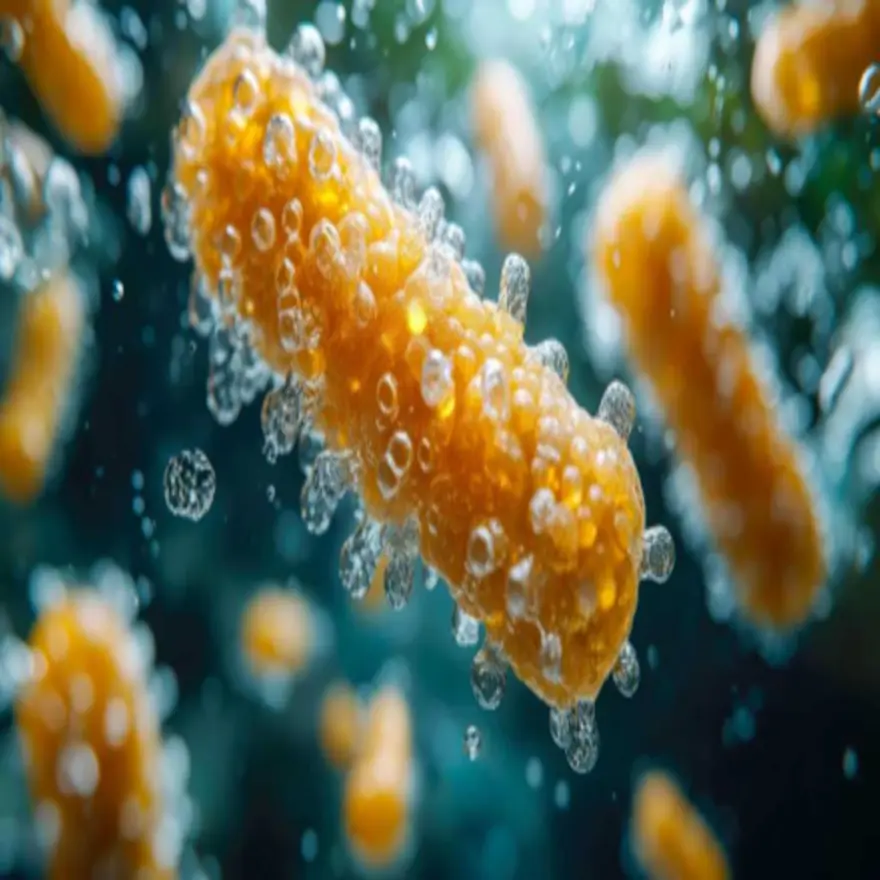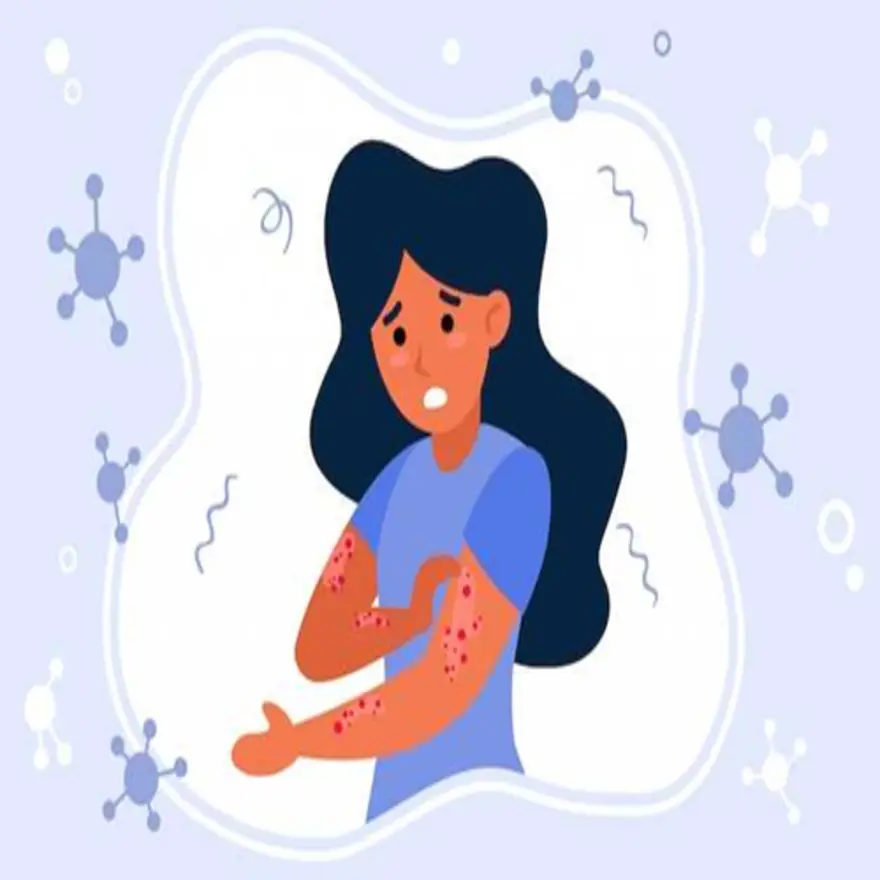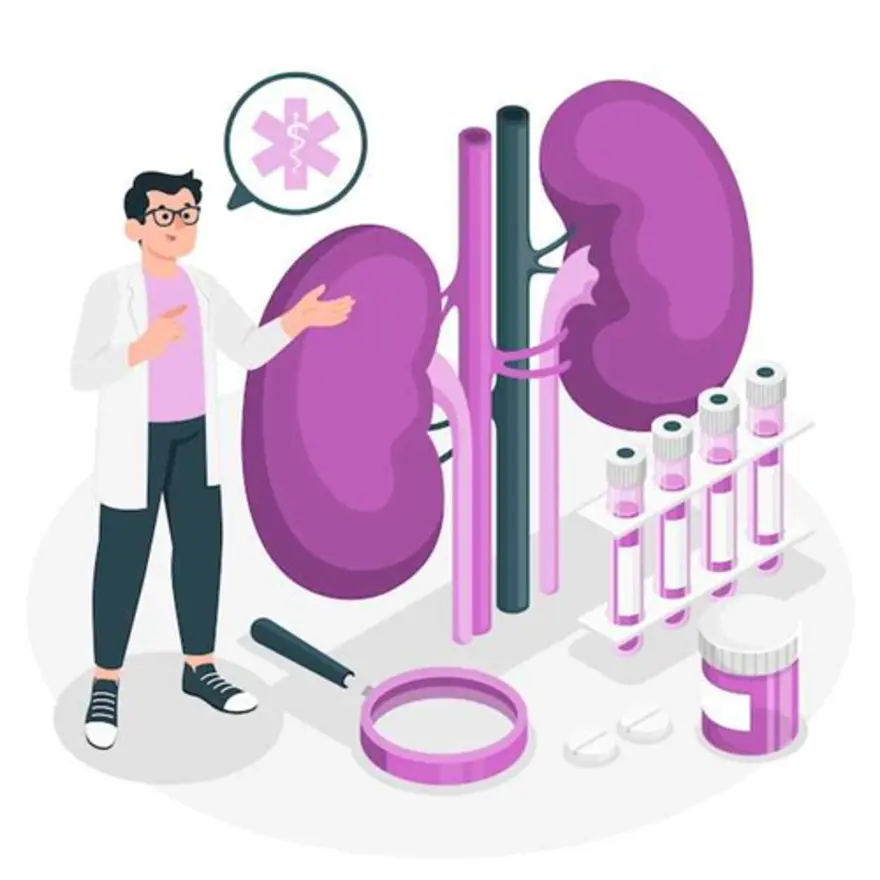Preventive Healthcare
Understanding Gynecomastia: Symptoms, Causes, and Treatment Strategies for Men
2747 Views
0

An imbalance in the hormones testosterone and estrogen can cause gynecomastia. In some cases, certain medications and diseases could also result in swelling in male breast tissue. Gynecomastia symptoms in boys and men can usually improve without treatment; however, if you are self-conscious about this condition, you should get in touch with a healthcare practitioner.
What is Gynecomastia?
Gynecomastia is a fairly common disorder that causes enlarged breast tissue. Gynecomastia symptoms can be found in males of all ages; however, it often occurs when they are newborns, during puberty, and as they grow older. Hormone imbalance is one of the leading gynecomastia causes.
How does Gynecomastia affect my body?
The first gynecomastia symptom is a button-sized growth beneath the nipple. This is often seen as a lump in the breast, and you will be able to feel it when you press the region. Such lumps can move easily within the breast tissue and can be tender to touch. Gynaecomastia in men can cause lumps or enlargement in one or both breasts.
How common is Gynecomastia?
Gynecomastia or gyno in men is one of the most common male breast disorders and can affect 50 to 65% of men and boys worldwide.
Who might have Gynecomastia?
Gynecomastia may occur at any time during a male's lifetime, including:
- Birth: Over 50% of male newborns have enlarged breasts or breast buds. This is often caused because of the estrogen levels in their mother. Enlarged breasts in male newborns can go away within a few weeks.
- Puberty: This is another time at which hormones are at their peak, and there are a lot of fluctuations going on in the body, including drops in testosterone and an increase in estrogen, which causes breast enlargement. This is why over half of teenage boys usually have some degree of gynecomastia. The condition goes away as the hormone levels even out, which can take around 6 months to two years.
- Over 50: Enlarged breasts are a common occurrence in males over 50 years of age as the body starts to produce less testosterone. At this time, they often have excess fat, which helps stimulate estrogen production and breast tissue growth.
What causes Gynecomastia?
One of the most well-known gynecomastia causes is an imbalance between estrogen and androgen hormones. Men's bodies also produce minute amounts of estrogen that control the growth of the breasts, and excess in this causes gynecomastia or gyno disease. In some cases, obesity can also cause the enlargement of breasts because of fatty tissue. This condition is known as pseudogynecomastia.
What conditions cause Gynecomastia?
Certain health conditions can also cause enlarged breasts in males:
- Alcoholism
- Adrenal tumours or lumps
- Klinefelter syndrome
- Thyroid disease
- Liver disease
- Kidney disease
What medications or drugs cause Gynecomastia?
Gynecomastia symptoms can also be a result of certain medications that are needed to treat diseases like:
- Depression and anxiety
- Fungal and bacterial infections
- Heartburn and pectic drugs
- High blood pressure and heart failure
- Male infertility
- Substance and drug abuse
Drugs that contribute to male breast enlargement include
- Marijuana, opioids, and amphetamines
- Anabolic steroids are often used for muscle-building
- Lavender and tea tree oils that can be found in skincare and herbal supplements
How is Gynecomastia diagnosed?
A doctor or healthcare professional will first do a physical checkup to assess if you are displaying gynecomastia symptoms. They often review family and medical history to understand your risk levels. They may then recommend a blood test to assess your hormone levels.
As the symptoms of gynecomastia and breast cancer are similar and cause lumps, you may have to do a few follow-up tests before a diagnosis of gynecomastia, including:
- Detailed imaging and breast ultrasound
- Mammogram to find any unusual growth or change in breast tissue
How is Gynecomastia managed or treated?
You may not often need gynaecomastia treatment, as minor cases can go away on their own. However, if gynecomastia is caused by medication or substance abuse, it is advisable to stop using that drug and switch to another option that doesn't cause swelling. In cases where gynecomastia causes diseases, the enlargement should go away with the disease.
Medications for the treatment of gynecomastia
If you are worried about the enlargement or growth of lumps in your breast, then you can visit your doctor and decide between one of two treatment options for gynecomastia:
- You can ask your doctor for medications that will help balance your hormones, which will, in turn, help reduce the swelling and enlargement of your breasts.
- Or you can opt for breast reduction surgery to remove the excess breast tissue.
Can Gynecomastia be prevented?
While you cannot do much about hormone imbalances that cause gyno in men, you can prevent the risk of breast enlargement caused by substance abuse and medication. Switching up medication that is known to cause this condition and avoiding alcohol and drugs can help prevent gynecomastia.
What are the risk factors for developing Gynecomastia?
The risk factors of gynecomastia or gyno in men include:
- Puberty
- Older age
- Obesity
- Use of steroids that help athletic performance
- Health conditions like liver or kidney disease, thyroid, Klinefelter syndrome, and some tumours.
Can Gynecomastia go away on its own without treatment?
Certain cases of gynecomastia, including those that occured during puberty, usually go away on their own without treatment.
What happens if Gynecomastia is not treated?
Opting not to undergo gynaecomastia treatment can have a few adverse side effects, like:
- Sensitivity on the chest
- Mild to severe discomfort when touched or during movement
Can increasing testosterone get rid of Gynecomastia?
While a higher testosterone to estrogen level is needed to prevent gynecomastia, taking supplements or testosterone replacement therapy can also lead to elevated estrogen levels. It can further create the risk of developing gyno in men as a side effect.
Conclusion
Always visit your general practitioner if the enlarged area in your breast is painful or very obvious. If you are uncomfortable or embarrassed about the changes, speak to your doctor about your options and the measures you need to take to reduce symptoms of gyno in men. Opt for a blood test to check your hormone levels from a reputed diagnostic centre like Metropolis Labs to understand if the hormone imbalance is a cause of your gyno in men or if other avoidable factors are contributing to this condition.























 WhatsApp
WhatsApp